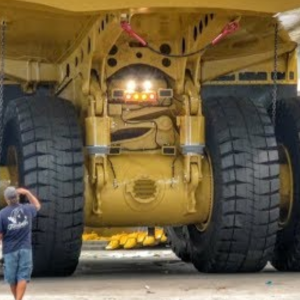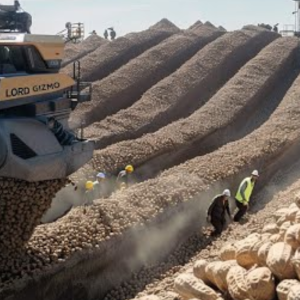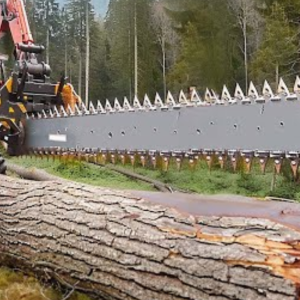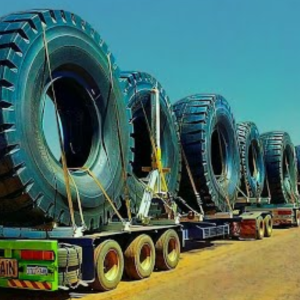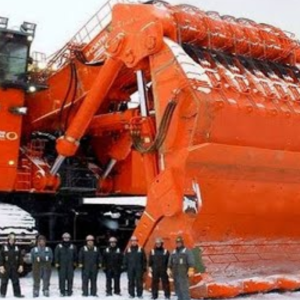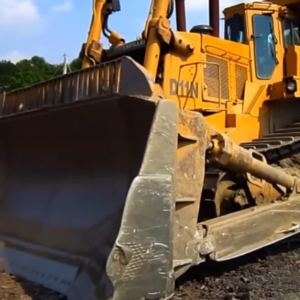It may not be totally obvious today, but the one car that inspired the 1965 Ford Mustang more than any other was the first-generation Corvair Monza of 1960-64.

This is the sort of thing you’ll almost never hear an auto executive admit out loud, but in his 1984 memoir, Iacocca: An Autobiography, former Ford boss Lee Iacocca frankly declared that the basic concept for probably his most famous car, the 1965 Mustang, actually came from a competitor’s product: namely, the Chevrolet Corvair.
“General Motors,” Iaococca wrote, “had taken the Corvair, an economy car, and transformed it into the hot-selling Corvair Monza simply by adding a few sporty accessories such as bucket seats, stick shift and fancy interior trim. We at Ford had nothing to offer to the people who were considering a Monza, but it was clear to us that they represented a growing market.”

In just a few words, Iacocca nailed both the Corvair Monza’s content and its appeal. Introduced in May of 1960, the Monza included a full vinyl interior with sporty front bucket seats, deep-pile carpeting, a special steering wheel with chrome horn ring, and other deluxe extras. Although sales were a little slow the partial first year, the volume shot straight up in 1961 to more than 140,000 units—better than half the Corvair’s total deliveries. For 1962 a convertible and a wagon were added to the Monza line, and at mid-year in ’62 the Monza Spyder Coupe and Convertible arrived, offering a 150-hp turbocharged version of the air-cooled flat six and other performance enhancements.
This may seem like a stretch to enthusiasts of today, but as car buyers of the early ’60s checked out the Monza in the showrooms, with its bucket seats, vinyl cockpit, and four-speed floor shifter—complete with white cue-ball gearshift knob—they could see some Corvette flavor in the Chevy compact. (GM interior stylist Blaine Jenkins was credited with the Monza’s compelling cabin design.) And just to make sure shoppers didn’t miss the connection, the Chevy ad people included the Corvette in the Monza’s print campaign.

All this was carefully studied by Iacocca and the Fairlane Committee, his hand-picked task force assembled to identify emerging market opportunities. (Members included Hal Sperlich and Don Frey.) They could see that the 18-to-34 age bracket was set to blow up, that soon it would account for more than half the new car market. And clearly, the Monza had qualities that spoke to these buyers. For 1961, Ford introduced the Futura, a bucket-seat version of the Falcon, but it was merely a stopgap. On April 17, 1964, the company launched its full-scale engagement of the youth market: the 1965 Mustang.


